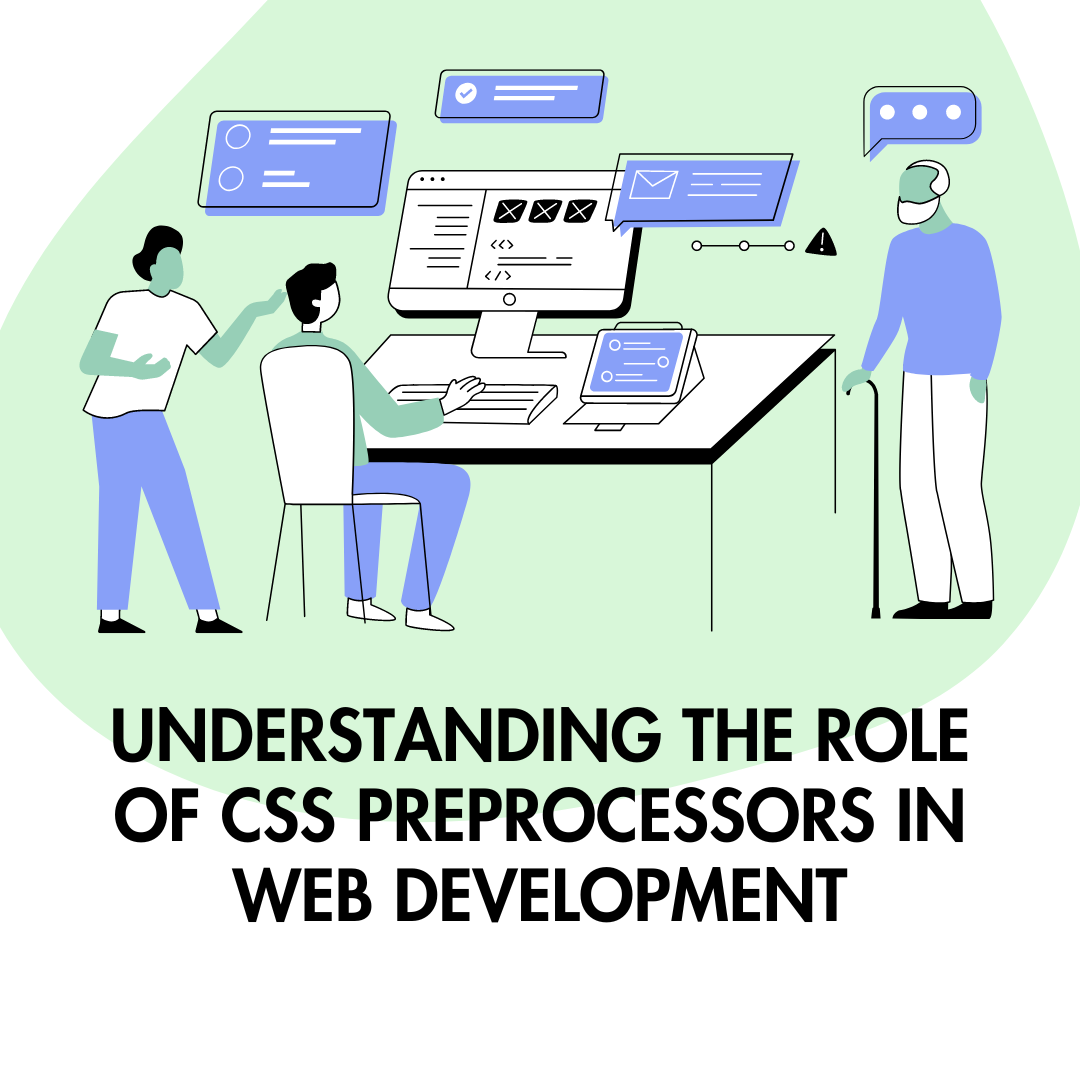CSS preprocessors have revolutionized the way web developers write CSS. They allow developers to write CSS in a more organized and efficient way, making it easier to maintain and update stylesheets. In this article, we’ll explore the role of CSS preprocessors in web development and how they work.
CSS preprocessors are programming languages that extend CSS and add features that are not available in the standard CSS language. They allow developers to write CSS in a more structured and modular way, which can save time and reduce errors.
There are several popular CSS preprocessors available, including Sass, Less, and Stylus. These preprocessors provide features such as variables, mixins, nesting, and functions. Let’s take a closer look at some of these features and how they can benefit web development.
Variables
Variables are one of the most useful features provided by CSS preprocessors. They allow developers to define a value once and use it throughout the stylesheet. This can save time and reduce errors because changes to the value only need to be made in one place.
Mixins
Mixins are another powerful feature provided by CSS preprocessors. They allow developers to define a group of CSS properties and reuse them throughout the stylesheet. This can save time and make the stylesheet more organized.
Nesting
Nesting is a feature that allows developers to write CSS in a more structured and readable way. It allows developers to nest styles within other styles, making it easier to see the hierarchy of styles.
Functions
Functions allow developers to write reusable pieces of code that can be used throughout the stylesheet. They provide a way to perform calculations and manipulate values, which can be useful in complex layouts.
CSS preprocessors work by taking the code written in their language and converting it into standard CSS. This means that developers can write their styles using the preprocessor language and then compile it into standard CSS that can be used in the browser.
In addition to the benefits provided by the language features, CSS preprocessors can also make it easier to organize and maintain stylesheets. They provide features such as partials, which allow styles to be split into separate files, and imports, which allow styles to be shared across multiple files.
Overall, CSS preprocessors are a powerful tool for web developers. They provide features that make it easier to write and maintain stylesheets, and they can save time and reduce errors. If you’re not already using a CSS preprocessor, it’s definitely worth exploring one of the popular options like Sass, Less, or Stylus.



